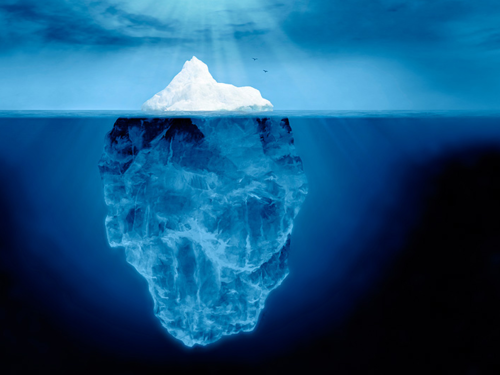

The New York Times hosts its website on the deep web, so that people in countries where access to the web is heavily censored can still access its content.Ĭonsidering the relatively small size of the dark web, its value is staggering. Some people prefer the privacy the deep web affords and for their browsing histories not to be tracked. We use the deep web when we are doing online banking, using a private social media account, a company intranet or accessing our medical details – in other words, the deep web is all websites that require access through a dedicated channel. However, much of the content on the vast deep web is legitimate and legal. What they have in common is that websites on both are not indexed. The terms “deep web” and “dark web” are often used interchangeably, but this is incorrect. Below the deep web is the “dark web”, which makes up between 5 and 10 per cent of the iceberg.

The “world wide web” that we are familiar with comprises just the top 5 per cent of the iceberg – the visible part.īeneath the water is the “deep web”, which accounts for about 90 per cent of the world’s websites.

Think of the entire internet ecosphere as an iceberg. Payments on the dark web are made using cryptocurrencies, and illegally obtained goods are often delivered using gig worker delivery services, which are harder to trace than the postal service. Other anonymising technologies, such as virtual private networks (VPNs), are also used to hide information about users, such as their geographic location. On the dark web, cybercriminals can create websites that cannot be indexed (that is to say, searched) by standard search engines such as Google. The same laws apply to you,” says Josh Lemon, a certified instructor at the cybersecurity and training facility, the SANS Institute. “It is no different to if you were trying to buy or sell something illegally in real life. In Australia and New Zealand, it is not illegal to access the TOR network – but accessing its forums can be. The most common browser is called TOR, which is also known as the “The Onion Router”. Most people will never see or interact with it because it is intentionally hidden and access to it requires a specialised browser. The dark web is the online equivalent of the black market. “If you rob a bank at gunpoint in the US, there is a 97 per cent likelihood that you’ll be arrested and, on average, you’ll steal about US$10,000 ,” he says, quoting figures provided by the Secret Service. “Despite the fact that cybercrime is the number one priority of law enforcement officials globally, only 2 per cent of online bank heists result in a successful prosecution, and the average theft is valued at US$6 million ,” Kellermann says. Kellermann also sits on a newly created cyber investigations advisory board with the United States Secret Service, which is helping the agency to modernise its efforts in dealing with financial crime. While the takedown of DarkMarket was significant, the reality is that “Julian K”, as its alleged operator was identified by police, is one of the very few dark web “powerhouses” to have been caught.Ĭybercriminals operate on the dark web with near impunity, says Tom Kellermann, who heads cybersecurity strategy for VMware in the US. The website had an estimated value of A$220 million, mainly in Bitcoin and Monero cryptocurrencies. In January 2021, a police sting on the German-Danish border resulted in the arrest of a 34-year-old Australian who is alleged to have operated one of the world’s largest illegal online marketplaces.ĭarkMarket, as it was known, existed on the dark web and had half a million users and 2400 vendors, who sold everything from drugs to counterfeit passports and stolen credit card data.


 0 kommentar(er)
0 kommentar(er)
